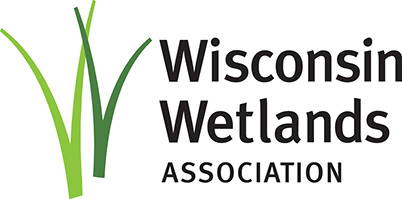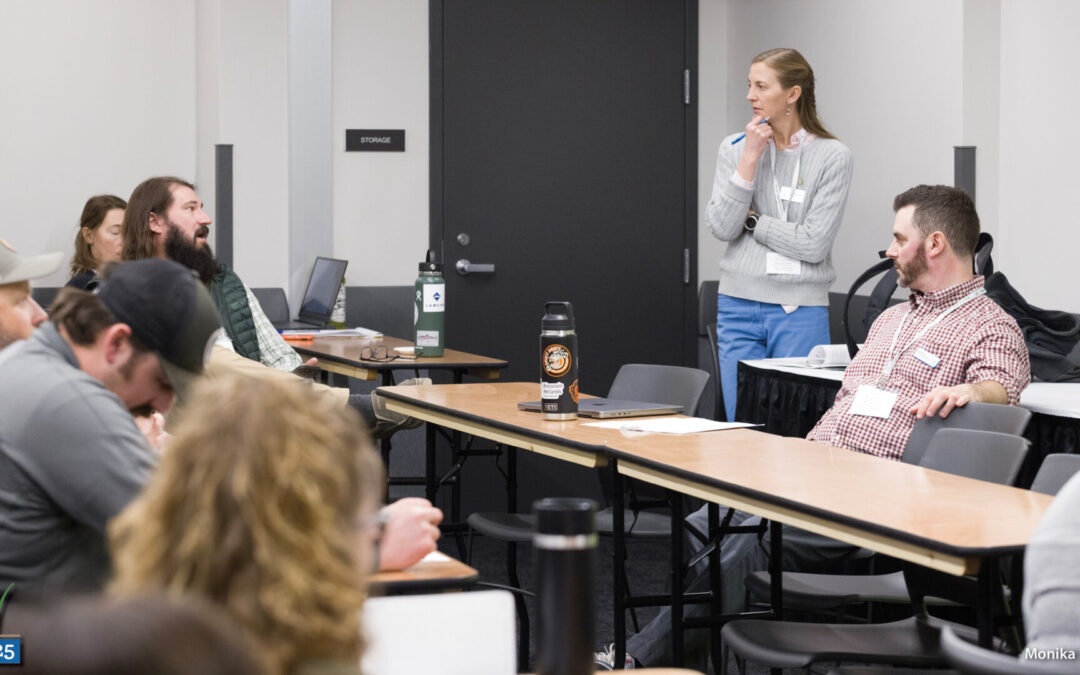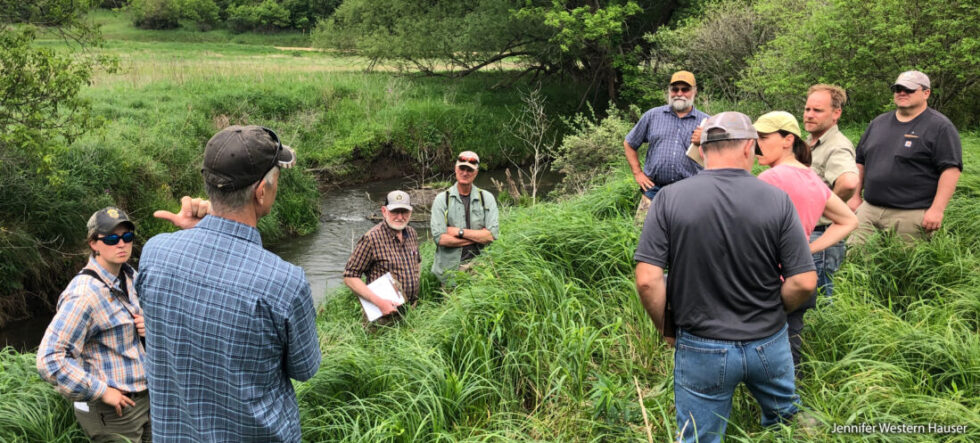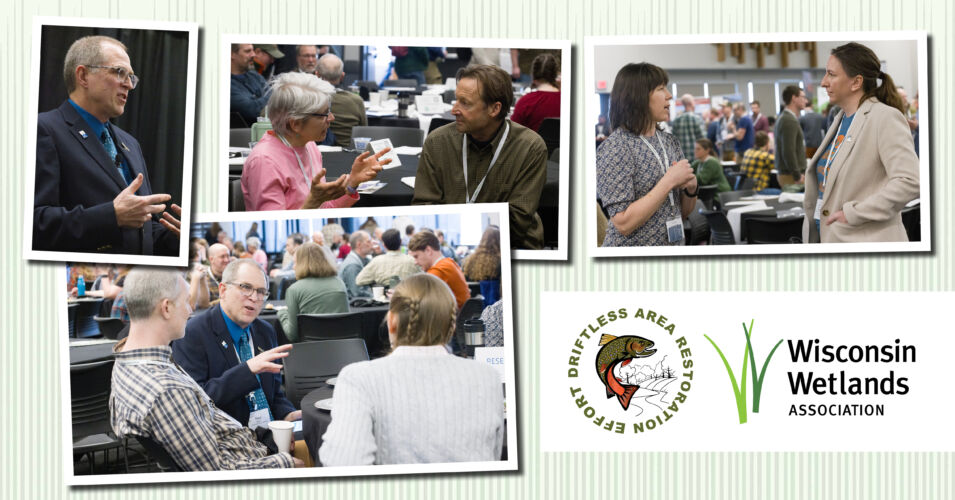This year’s Wetland Science Conference was the scene of a great deal of information sharing and learning about wetlands (naturally!) and the rivers and floodplains that are fundamental to watershed health. Various conference sessions explored the importance of these hydrologic systems, including a special, joint symposium with Trout Unlimited on Restoring Wetland and Stream Systems.
With the convening of so many attendees with diverse expertise and experience, the conference also brought opportunities to explore issues surrounding restoration efforts throughout river and floodplain systems.
At one such session, about forty participants of a floodplain restoration permitting working group examined the complicated regulatory burdens involved with restoration in floodplains mapped and regulated under the FEMA National Flood Insurance Program. Wisconsin Wetlands Association, Trout Unlimited, and American Rivers jointly moderated this discussion.
Addressing the regulatory and capacity barriers that hinder floodplain restoration efforts is a key priority of the Wisconsin Wetlands Association policy agenda because healthy, well-connected floodplains are integral to wetland and river systems.
Though urgently needed, work to restore river and floodplain connections is often difficult. And some portion of that difficulty relates to navigating the complicated National Flood Insurance Program requirements for engaging in this beneficial work.
The attendees of this floodplain restoration permitting working group included people with an array of experiences attempting and conducting restoration within rivers and floodplains. We included an extended discussion period for people to share those experiences and to consider pathways that could provide a better approach for our rivers and floodplains.
Some of the discussion centered on regulatory requirements that serve as proof of not impacting the floodplains delineated on FEMA maps, also known as “no-rise projects.” Other discussions focused on the need for more tools, aside from no-rise approaches, which would repair our river and floodplain connections.
There was unanimous agreement among participants that policymakers and stakeholders should come together to discuss and develop a process for reviewing and facilitating the floodplain restoration that is urgently needed across Wisconsin. Each participant also indicated they would like to continue the discussion on this topic, showing there is a lot of interest and energy around this topic.
Since encouraging more floodplain restoration is a policy priority for Wisconsin Wetlands Association, we intend to continue this discussion with working group participants and others in an effort to improve our understanding and consideration of ways to enable beneficial floodplain restoration. Look for more to come in the future!
Related content
Joint programming with Trout Unlimited enhances WWA’s conference success



